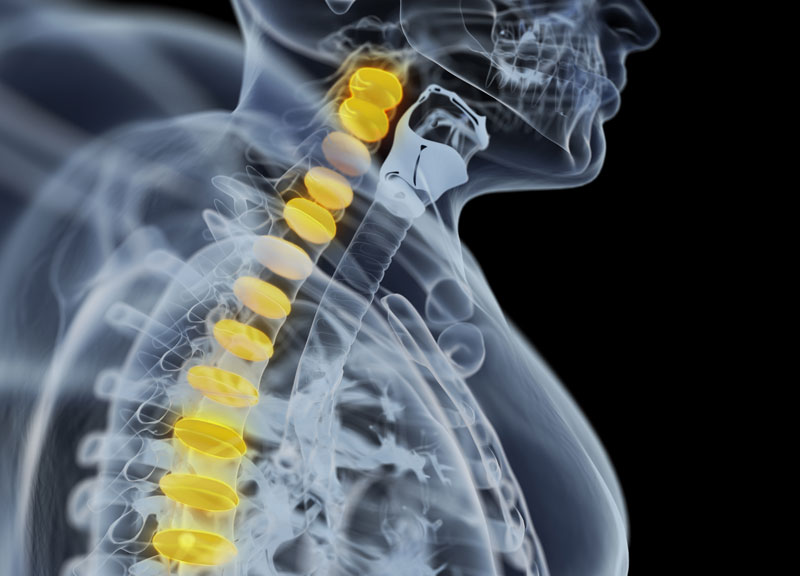Research and studies are consistently being conducted to determine the right pain management therapies for back and neck pain treatment. Most patients are recommended to get consultation from their physician related to queries about a specific program.
Pain management techniques are categorised for invasiveness. Physical therapies are not invasive. Additionally, they do not involve use of medications. Many of the pain management techniques recommended by doctors include medications. These are purely pharmacologic in nature.
Pain Management Techniques can be categorised in terms of the intervention degree involved:
- Noninvasive Pain Management (non-drug)
- Noninvasive Pharmacologic Pain Management
- Invasive Pain Management
Noninvasive Non-Drug Pain Management
A huge variety of noninvasive non-drug pain management techniques are available these days. All of these treatment options can be used to treat back and neck pain. Here is a list of some of the most widely accepted pain management programs:
Exercise
Physical exertion is advised with the aim of boosting strength, flexibility, and restoring normal motion. Some of the common methods include water therapy, McKenzie method, stretching exercises, aerobic routines etc. Exercise is important for proper cardiovascular health, healthy muscles, and to supply nutrition to disc.
Behavioral Changes
These methods are used to optimize responses of patient to back pain and painful stimuli. Doctors prescribe cognitive therapy involving the process of providing knowledge to patient about alleviating back pain through varied techniques of relaxation, coping techniques etc. Another process is biofeedback which involves learning the art of controlling muscular tension, heart rate, blood pressure etc for symptomatic improvement.
Electrotherapy
Transcutaneous electrical nerve stimulation (TENS) is the most common type of electrotherapy prescribed for pain management. It aims at reducing back pain through low-voltage electric stimulation interacting with sensory nervous system. Positive results have been achieved through randomized controlled trials.
Techniques for Coping
This involves superficial heating or cooling of skin. The doctor will recommend pain management methods that include cold packs and hot packs. He/she may also suggest diathermy and ultrasound with exercise.
Noninvasive Pain Management – The Pharmacologic Way
A significant part of pain management is related to prescribing pain relievers and associated drugs to patients. This treatment method is preferred for back pain right from the initial onset of acute pain. Doctors may also recommend the medication for rehabilitation process. Many times, chronic back pain is also treated through use of medications.
Some of the most common treatments involving noninvasive pharmacologic methods for chronic back pain include the following listed below:
Nonsteroidal anti-inflammatory agents (NSAIDs) – Some of the common examples of these medications includes ibuprofen, aspirin, naproxen, COX-2 inhibitors etc. Long-term use of these medications is not recommended due to risk of gastrointestinal ulcers. Heart attack risks are also associated with these medications.
Neuromodulating Medications – These medications are recommended to treat muscular and neuropathic pain.
Analgesics – These are pain medications such as acetaminophen. Doctors recommend restricted use of analgesics as long-term use involve increased risk of liver or kidney damage.
Muscle Relaxants – The relaxants are prescribed to ensure relief from and treat muscle spasms. Body’s protective mechanisms and pain give rise to these spasms.
Narcotic Medications – The medications are most appropriate for acute or post-operative pain. Narcotics use holds a risk of habituation or addiction especially when these are not given under proper supervision. Hence, the medications they are not often used for chronic conditions.
Antidepressants and Anticonvulsants – The doctors recommend these to treat neuropathic (nerve) pain.




